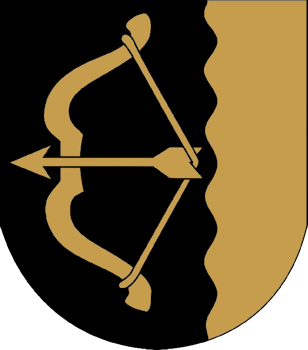The history of Savonranta

Women on the beach of a house, a snapshot of Orivirta’s Kääpäsaari
The history of Savonranta.
Savonranta, in the province South Savo (or Southern Savonia) was an independent municipality until 2009 when it became part of the Savonlinna region. The administrative court of the municipal coat of arms was transferred to the Savonranta Development Foundation. There used to be 3,500 inhabitants at best, less than 900 today (2023).
Savonranta has cleared, plowed and seeded fields by small farmers. Later, after the construction of the sawmills, the sawmill and forestry industries employed most of Savonranta’s residents.
Savonranta consists of several small villages. The National School District Decree of 1898 required rural communities to admit any student to school if 30 students were enrolled in the school. There was already a school in Vuokala church village and Lapinlahti school was built as the second school.
In order to get all children to school, the Compulsory Education Act came into force and as a result the schools were built in Rönkänvaara, Hankavaara, Leivonmäki, Pirttimäki, Sönkä, Oriniemi, Lapinlahti and Syvälahti. Many houses used to have a rotation school and later also a primary school.

Violinist Juho Villanen
Source: History of Savonranta, 2001. Printing House, Savonranta.

Map of Savonranta 1847 National Archives Finland

